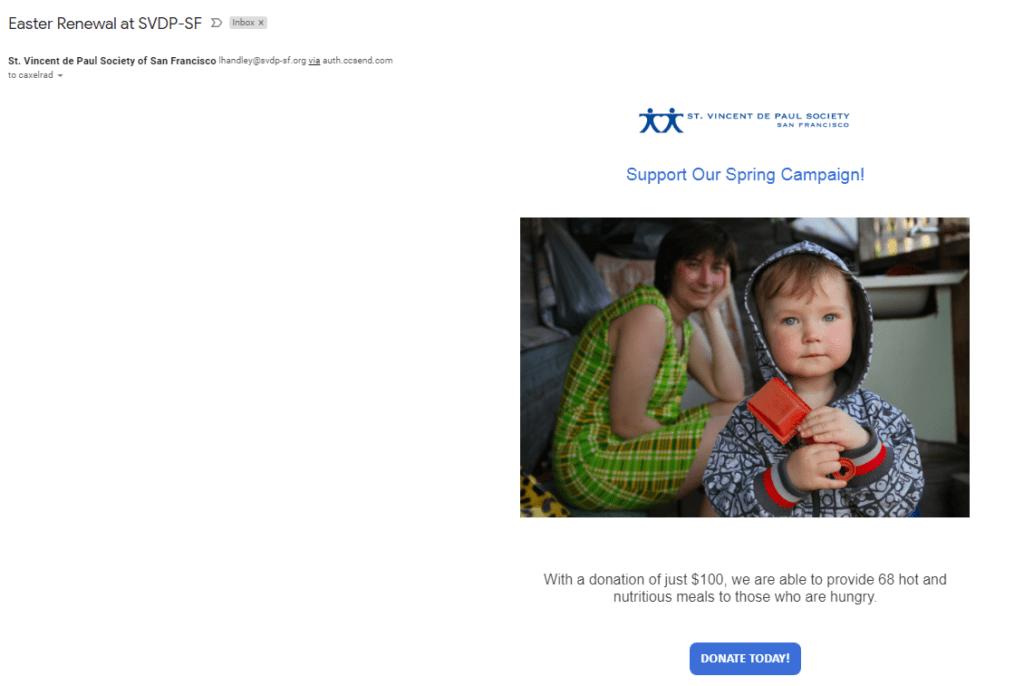5 Ways Mobile Bidding Can Help You Raise More Revenue
 When planning a charity auction, there are several moving parts to keep track of: your venue, item procurement, guest registration, guest management, and more. Whether you’re running a silent auction or a live event, these moving parts are important and need to be carefully monitored.
When planning a charity auction, there are several moving parts to keep track of: your venue, item procurement, guest registration, guest management, and more. Whether you’re running a silent auction or a live event, these moving parts are important and need to be carefully monitored.
So, how can you best oversee the planning process and the event itself?
Mobile bidding and auction software has grown in popularity among charity auction events. With this software, you can streamline your event planning process from start to finish and make it easier for people to bid. But before we dive into the specifics, let’s define mobile bidding.
What is mobile bidding?
Mobile bidding is a paperless bidding method that allows guests to place bids straight from their phones. The software simplifies all aspects of your live and silent auctions, your event planning and management, ticketing, and other needs. It can add engagement to the event as well.
There are many ways mobile bidding can help boost your revenue and streamline everything at your charity auction. In this article, we’ll focus on the following areas where that can happen:
- Item Procurement
- Guest Experience
- Competition
- Participants
- Analytics
Are you ready to take a closer look at the ways mobile bidding can help you reach your fundraising goals? Let’s get started!
Details


 Do you have monthly donors, or a monthly donor program?
Do you have monthly donors, or a monthly donor program?

 Fighting the good fight for your nonprofit’s cause is what you do best.
Fighting the good fight for your nonprofit’s cause is what you do best.
 You love your current donors, right?
You love your current donors, right?

 Remember the children’s ditty
Remember the children’s ditty 

